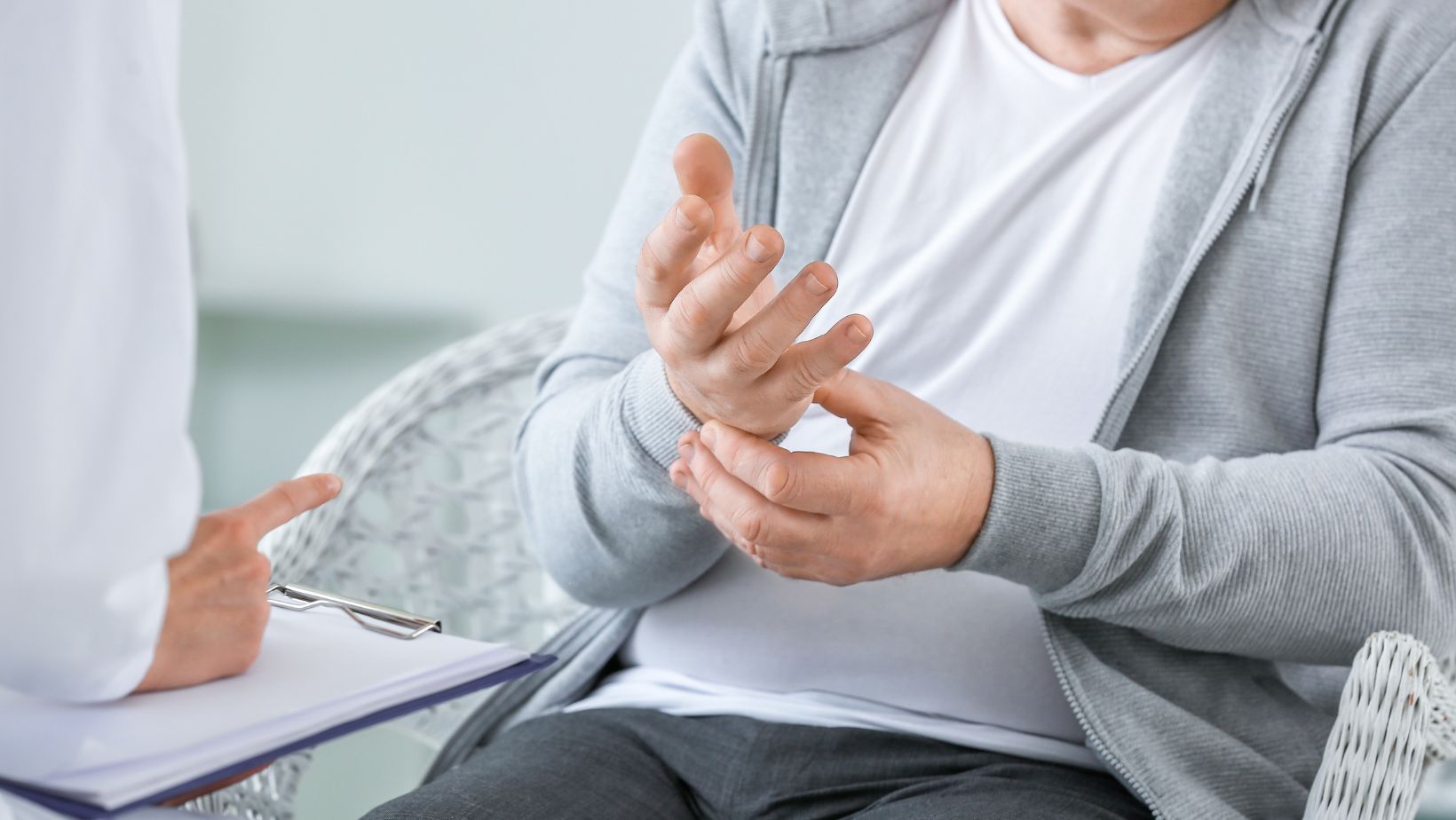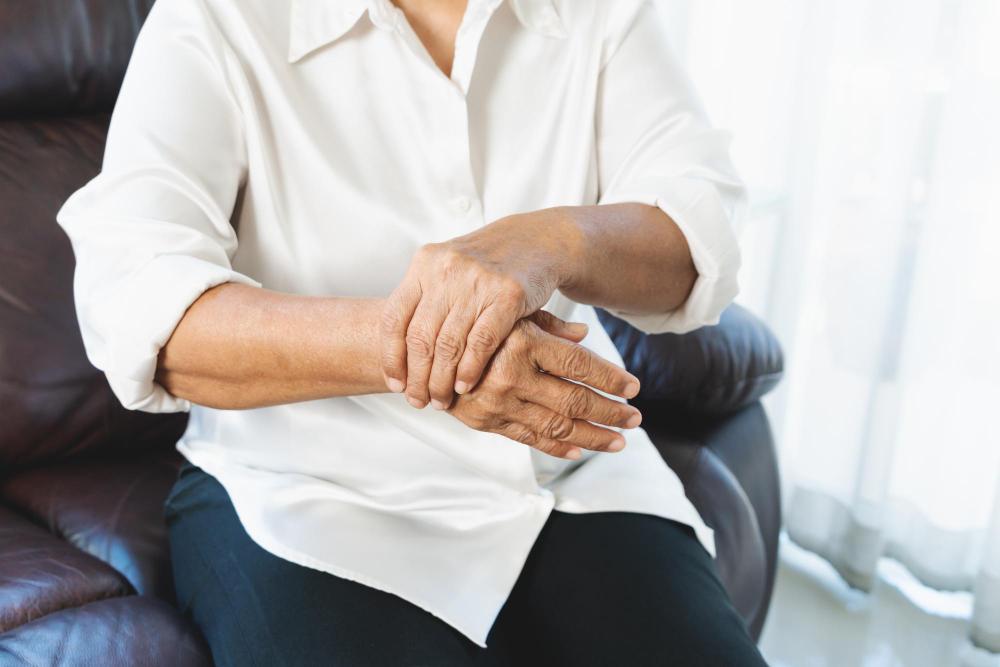Your hands tremble as you lift your coffee. Writing a quick note feels shaky. At first, it’s easy to brush off—but when the trembling lingers, concern creeps in. Is it just a harmless shake, or could it mean something more? Essential Tremor (ET) and Parkinson’s Disease (PD) are two common causes of hand tremors, but they’re often mistaken for one another.
Understanding their differences can help you take the right steps toward clarity and care. Let’s break it down in the simplest way possible.
What Is Essential Tremor?
Essential tremor (ET) is a neurological condition that causes involuntary shaking, mainly in the hands. However, it can also affect the head, voice, and even the legs. It’s the most common cause of tremors and isn’t linked to other movement problems like stiffness or slowed motion.
Signs It Might Be Essential Tremor:
✅ Happens during movement – You may notice it when reaching for something, writing, or using utensils.
✅ Both hands are affected – The shaking usually occurs on both sides of the body, though one hand may be worse.

✅ Runs in families – ET is often inherited, meaning if your parents had it, you might too.
✅ Alcohol can help – Some people notice that a drink temporarily reduces the tremors.
Is It Serious?
Essential tremor isn’t dangerous, but it can get worse over time, making everyday tasks more difficult.
What Is Parkinson’s Disease?
Parkinson’s disease (PD) is a progressive neurological disorder that affects movement, balance, and coordination. Unlike essential tremor, Parkinson’s comes with other symptoms beyond just shaking hands.
Signs It Might Be Parkinson’s:
✅ Happens when hands are resting – The tremor appears when your hands are still and may go away when you move.
✅ Starts on one side – It typically begins in one hand before spreading to the other side.
✅ Other movement problems – People with PD often experience stiffness, slowed movements, and trouble with balance.
✅ Worsens over time – Parkinson’s symptoms gradually become more noticeable and impact daily life.
Is It Serious?
Yes, Parkinson’s is a progressive disease, meaning it gets worse over time. While there’s no cure, treatments can help manage symptoms.
Essential Tremor vs. Parkinson’s Disease: Key Differences
| Feature | Essential Tremor (ET) | Parkinson’s Disease (PD) |
| When does it happen? | When using hands (action tremor) | When hands are still (resting tremor) |
| Which side is affected? | Both hands (often equally) | Starts on one side, spreads later |
| Other symptoms? | No, mainly just tremors | Stiffness, slow movement, balance issues |
| Family history? | Often hereditary | Usually no strong genetic link |
| Does it get worse? | Can worsen but stays tremor-focused | Progresses and affects more than just movement |
What Causes These Tremors?
-
Essential Tremor
Doctors aren’t exactly sure what causes ET, but it’s believed to be due to miscommunication in the brain (especially in the cerebellum). If it runs in your family, you have a 50% chance of developing it.
-
Parkinson’s Disease
Parkinson’s happens when dopamine-producing brain cells die off. Dopamine helps control movement, and without it, people experience tremors, stiffness, and slowed motion.
When Should You See a Doctor?
If you or a loved one have persistent hand tremors, it’s a good idea to check in with a doctor—especially if you notice other symptoms like slowed movement or balance issues.
A doctor may perform:
✔️ Physical exam – Checking for tremor patterns and other symptoms.
✔️ Neurological tests – Looking at reflexes, coordination, and muscle stiffness.
✔️ Imaging scans – MRI or DaTscan to help rule out other conditions.
✔️ Medication response test – Parkinson’s symptoms often improve with certain medications like Levodopa, which can help with diagnosis.
Treatment Options
For Essential Tremor:

- Medications – Beta-blockers (propranolol) and anti-seizure drugs (primidone) can help reduce tremors.
- Lifestyle changes – Cutting back on caffeine, managing stress and physical therapy can improve symptoms.
- Surgery (for severe cases) – Deep Brain Stimulation (DBS) is an option when tremors severely impact quality of life.
For Parkinson’s Disease:
- Medications – Levodopa, dopamine agonists, and MAO-B inhibitors help improve movement.
- Exercise and therapy – Staying active can slow down the progression of symptoms.
- Surgery (for advanced cases) – DBS can also be used to help manage tremors and stiffness.
Living with Hand Tremors: Simple Tips
Whether it’s essential tremor or Parkinson’s, there are ways to make daily life easier:
🔹 Use weighted utensils – Helps with eating and writing.
🔹 Go hands-free – Voice-activated devices reduce the need for precise hand control.
🔹 Consider assistive devices – Some wearable solutions are designed to help stabilize hand movements during daily tasks.
🔹 Exercise regularly – Keeps muscles strong and improves balance.
🔹 Reduce stress – Anxiety can make tremors worse, so relaxation techniques like meditation and deep breathing can help.
Final Thoughts
Hand tremors can be unsettling, but they don’t always mean Parkinson’s. Essential tremor and Parkinson’s disease are different conditions with unique symptoms and treatments. If you’re noticing persistent shaking, especially at rest or alongside other movement problems, it’s best to see a doctor for a proper diagnosis.
Have you or someone you know experienced tremors? Share your thoughts in the comments below!
